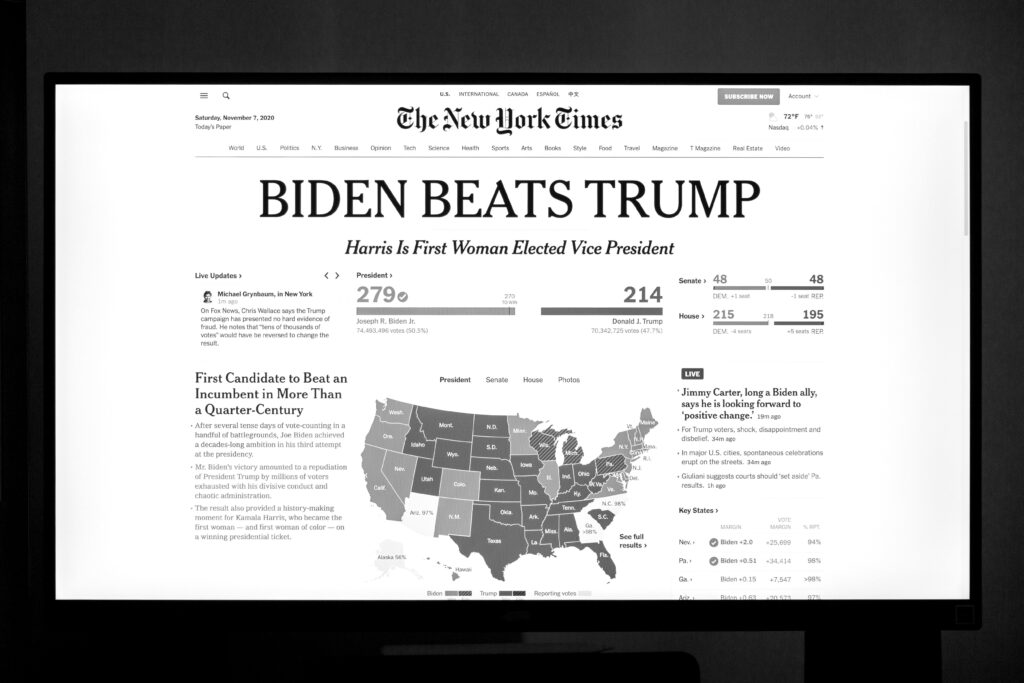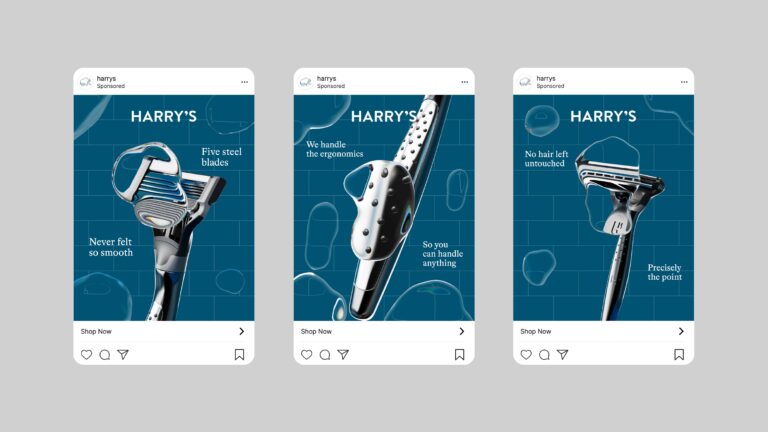
The Solution: Headline Testing Powered by AI
A Proprietary Headline Testing Platform
The Times developed an internal tool known as “HEADLINE”, which allows editors to write multiple versions of a headline for the same story. Each version is then shown to different segments of users in real time. The platform measures:
- Click-through rate (CTR)
- Scroll depth
- Time spent on article
- Subscription conversion rate
Each headline competes in real-time, and the one with the strongest engagement gets served to the wider audience.
AI-Driven Suggestions
Machine learning plays a big role here. The system has learned patterns over millions of data points to suggest words, tone shifts, or structures. For instance:
- Emotional language like “shocking” or “devastating” may work better for features.
- Factual precision drives clicks on breaking news pieces.
The AI also flags redundancy or lack of clarity—helping human editors refine headlines faster without compromising journalistic ethics.
Examples That Made an Impact
Let’s look at a real example covered in The New York Times’ newsroom blog:
Example 1:
Original:
“California Faces New Fire Threat”
Tested Version:
“A New Fire Threat Looms Over California”
Result: 27% increase in CTR. Why? The word “looms” added tension and immediacy, drawing readers in.
Example 2:
Original:
“How Exercise Affects the Brain”
Tested Version:
“This Is What Happens to Your Brain on Exercise”
Result: 43% more engagement. The second headline was more conversational and curiosity-inducing.
This continuous testing and feedback loop allows the Times to evolve based on how real readers behave—not assumptions.
Metrics That Matter: What Should Students Track?
If you’re presenting this case in class or applying it in a content marketing internship, here are the key performance indicators (KPIs) used by the Times:
- Headline CTR: Direct clicks from homepage, app, or newsletters.
- Engagement Time: More time spent indicates headline relevance.
- Scroll Depth: Tracks how far users read.
- Social Sharing Rate: Indicates emotional or intellectual resonance.
- Subscription Conversion: If the content is gated, does the headline influence conversion?
Use tools like Google Optimize, Optimizely, or Headline Studio by CoSchedule to run your own headline tests—even if you’re just starting out.
Broader Marketing Implications
The Times’ headline strategy is a lesson in precision marketing. The same model can be applied across industries:
- E-commerce: Product titles on Amazon or Shopify listings.
- Email Marketing: Subject lines that drive opens.
- SaaS Websites: Homepage banner copy that converts trials.
In fact, platforms like Netflix and Buzzfeed run similar headline and image tests to maximize user retention and shares.
If you’re curious about how Netflix adapts its content marketing to user behavior, check out our breakdown of A/B Testing in the World of AI.
Continue reading…
Coming up next: What students can learn from this case and how to build a testing culture within any marketing team—be it a startup or a global brand.


